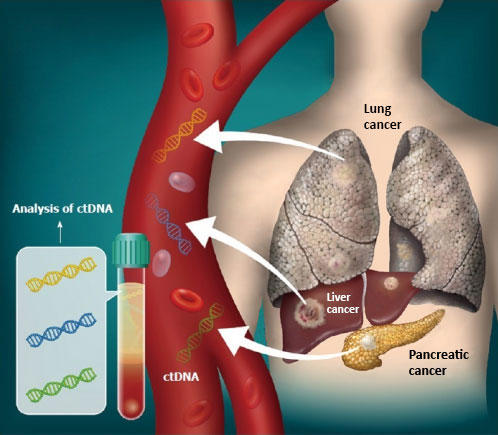Methane is a greenhouse gas that is more than 25 times as potent as CO2 in warming the Earth. Reducing methane emissions is necessary to reduce the impact of global warming. In urban areas, evidence suggests that natural gas use and sewage treatment are responsible for generating methane. However, the extent of the contribution of other sources is unclear, especially in Japan.
A research group led by Associate Professor Masahito Ueyama at Osaka Metropolitan University's Graduate School of Agriculture measured methane and ethane concentrations in Osaka by examining the eddies that transport the gas into the atmosphere as well as 'mobile measurements' consisting of bicycles and automobiles equipped with gas-measuring analyzers. The study focused on the urban areas of Osaka City and Sakai City.
By simultaneously measuring methane and ethane, the researchers were able to use gas ratios to distinguish between methane originating from fossil fuels, such as natural gas; methane originating from biological sources such as the microorganisms involved in sewage treatment; and combustion.
The group found a discrepancy between observed methane emissions and official estimates. Several areas of elevated methane concentrations were observed, which did not match methane emission inventories reported by local governments.
Researchers found that city gas was a major source, showing up at many sites in the study. There were also other often overlooked contributors ranging from industrial plants and restaurants to biological sources like sewage, reservoirs, dairy farms, and compost piles. Some specifically Japanese sources also stood out including the water-filled ditches around ancient kofun burial mounds and even the process of making the fermented foods commonly eaten in Japan.
"This research is expected to lead to concrete measures for reducing emissions from sources that have been overlooked until now," Professor Ueyama said. "Going forward, we will increase reliability by repeating measurements and expand the system to multiple cities. We aim to establish evaluation methods and deepen our understanding of methane emissions in Japan's major cities."
The findings were published in Atmospheric Chemistry and Physics.






